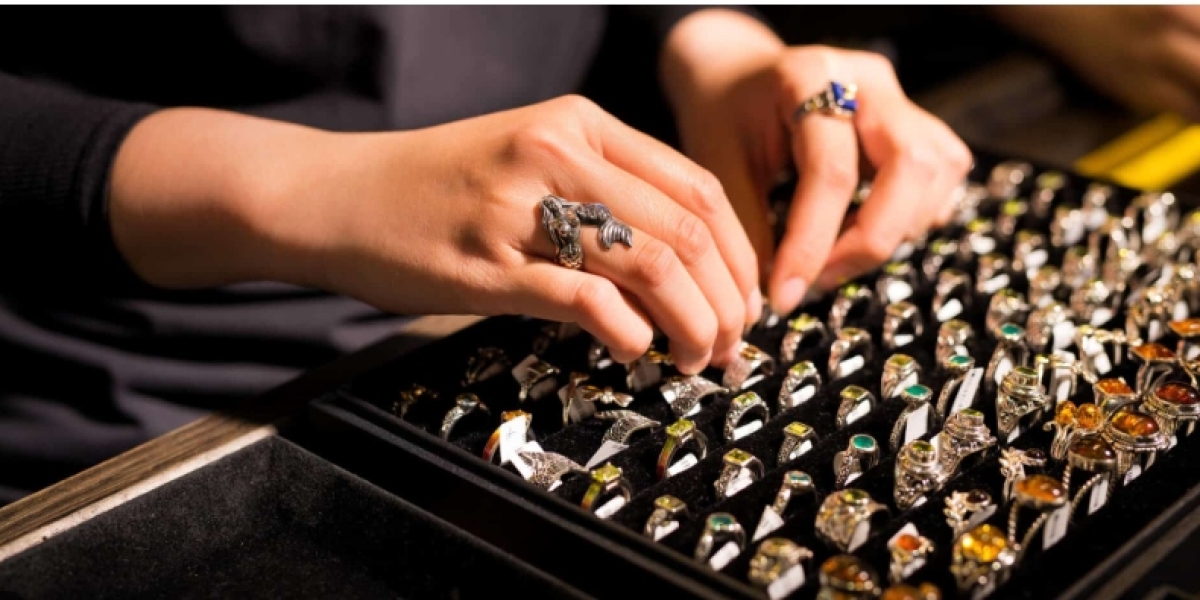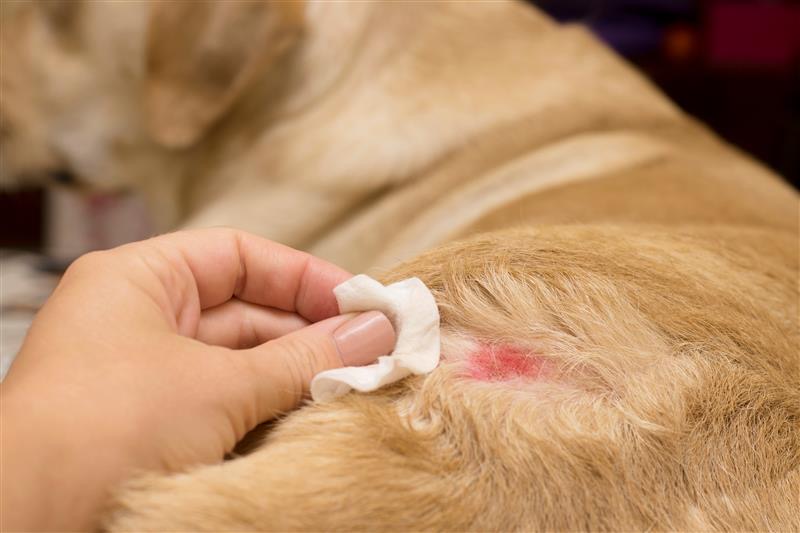Blood Diamond: Uncovering the Dark Side of Sparkle

Diamonds, the epitome of luxury and romance, hold a darker side in the form of blood diamond. These gems, also known as conflict diamonds, are mined under horrific conditions, often fuelling violence and human rights abuses in the regions where they are extracted. Let’s delve into the depths of this issue, exploring its origins, impacts, and the ongoing efforts to address it.
Introduction to Blood Diamond
What are blood diamond? Blood diamonds are diamonds mined in conflict zones, where the profits fund armed conflict, civil wars, and human rights abuses. These diamonds are often extracted under brutal conditions by forced labor, including child labor.
Brief history of blood diamond The term “blood diamond” gained prominence in the late 1990s when reports surfaced linking diamond mining to rebel groups in African countries like Sierra Leone, lab diamonds, Angola, and the Democratic Republic of Congo. These groups used proceeds from diamond sales to finance their armed conflicts, leading to widespread suffering and devastation.
The Origin of Blood Diamond
Natural diamond formation Diamonds are formed deep within the Earth’s mantle under high pressure and temperature over millions of years. They are then brought closer to the surface through volcanic eruptions.
The discovery of diamond mines The discovery of diamond mines in regions plagued by conflict, such as parts of Africa, provided rebel groups with a lucrative source of funding. This led to the exploitation of local populations and fueled violence in these areas.
Conflict Diamonds and Their Impact
Definition of conflict diamonds Conflict diamonds are rough diamonds mined in war zones and sold to finance armed conflict against governments. The profits from these diamonds are used to purchase weapons, fund military activities, and perpetuate violence.
Countries affected by conflict diamond trade African countries like Sierra Leone, Angola, the Democratic Republic of Congo, and Liberia have been particularly affected by the trade in conflict lab diamonds. These regions have witnessed devastating civil wars fueled by the illicit diamond trade.
The Human Cost of Blood Diamonds
Exploitation of diamond miners Diamond miners in conflict zones often work in hazardous conditions for minimal pay, facing risks of injury, disease, and violence. Many of these miners are forced into labor, including children, who are robbed of their childhood and education.
Civil wars fueled by blood diamond trade The trade in blood diamond has exacerbated conflicts in regions already plagued by political instability and violence. Rebel groups exploit diamond resources to fund their activities, prolonging the suffering of innocent civilians caught in the crossfire.
Blood Diamond and Global Trade
The Kimberley Process Certification Scheme In response to growing concerns over conflict diamonds, the Kimberley Process Certification Scheme was established in 2003. This initiative aims to prevent the trade in conflict diamonds by requiring participating countries to certify that their diamond exports are conflict-free.
Efforts to regulate the diamond trade While the Kimberley Process has made strides in curbing the flow of conflict diamonds, challenges remain in enforcing regulations and preventing smuggling. Critics argue that the Kimberley Process lacks transparency and fails to address issues such as human rights abuses and environmental damage associated with diamond mining.
Ethical Diamond Alternatives
Rise of ethically sourced diamonds In recent years, there has been a growing demand for ethically sourced diamonds, also known as “conflict-free” or “ethical” diamonds. These diamonds are mined and processed under strict labor and environmental standards, ensuring that they do not contribute to conflict or exploitation.
Consumer awareness and demand for ethical diamonds Consumers are becoming increasingly aware of the ethical implications of their purchasing decisions and are demanding transparency from diamond retailers. Companies are responding by providing certifications and guarantees of ethical sourcing, catering to a growing market of conscientious consumers.
Environmental Impact of Diamond Mining
Ecological damage caused by diamond mining Diamond mining can have significant environmental consequences, including deforestation, soil erosion, and water pollution. The use of heavy machinery and explosives in mining operations further exacerbates these impacts, disrupting fragile ecosystems.
Sustainable practices in diamond mining Efforts are underway to promote sustainable practices in lab diamonds mining, such as reforestation, land rehabilitation, and water management initiatives. Some companies are investing in renewable energy sources and innovative technologies to minimize their environmental footprint.
The Future of the Diamond Industry
Technological advancements in diamond mining Advancements in technology, such as automation and remote sensing, are revolutionizing the diamond mining industry. These innovations improve efficiency, reduce costs, and minimize the need for human labor in hazardous conditions.
Shifting consumer preferences towards ethical sourcing As consumer awareness grows, more people are choosing to support ethical and sustainable brands. This shift in consumer behavior is driving changes throughout the diamond industry, lab diamonds, prompting companies to adopt responsible sourcing practices and transparency measures.
Conclusion
Blood diamond represent a dark chapter in the history of the diamond industry, highlighting the human cost and environmental toll of unchecked greed and conflict. While progress has been made in addressing the issue through initiatives like the Kimberley Process, much work remains to be done to ensure that diamonds bring sparkle without suffering. By supporting ethical sourcing and demanding transparency, consumers can play a vital role in shaping a more sustainable and responsible diamond industry.























